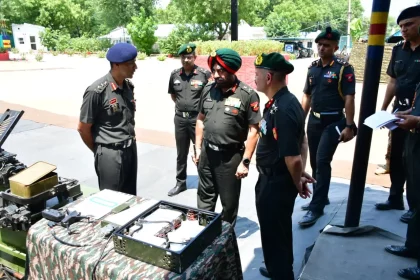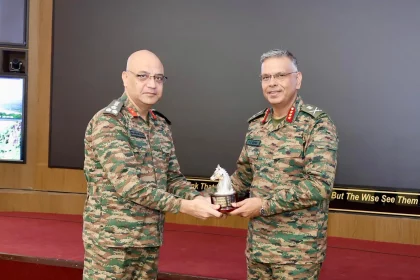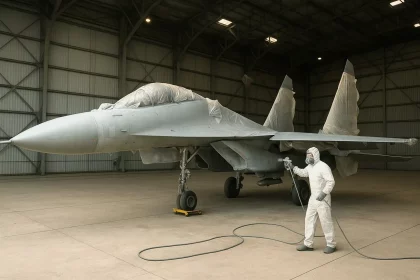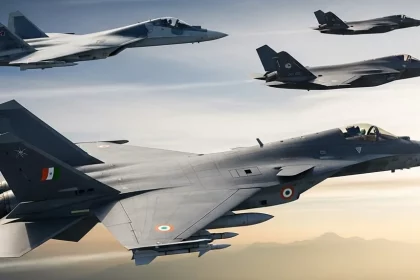Lt Gen Manjinder Singh Reviews Operational Preparedness of Dot On Target Division
Army Commander reviews drone training, counter-drone innovations in Dot On Target Division.
Lt Gen Prasanna Kishore Mishra Reviews Security Preparedness in Doda
White Knight Corps leadership assesses counter-insurgency preparedness in Doda.
National Defence College Delegation Visits White Knight Corps Headquarters
Delegation briefed on LoC dynamics, counter-insurgency operations, and Corps’ role in ensuring regional stability.
Why Are Most Fighter Jets Painted Grey?
Grey paint shows how air combat has changed from close dogfights to long-range battles driven by sensors. Today, it’s more…
Air Force Eyes Expansion Beyond 42 Fighter Squadrons, Says Top Official
In a significant shift in its long-term force planning, the Indian Air Force (IAF) has confirmed that it is now…
30 Civilians, Including Women and Children, Killed in Pakistani Air Force Bombing in Khyber Pakhtunkhwa
Airstrikes Leave 30 Dead in Tirah Valley, Raising Alarm Over Civilian Safety in Pakistan’s Troubled Northwest.






